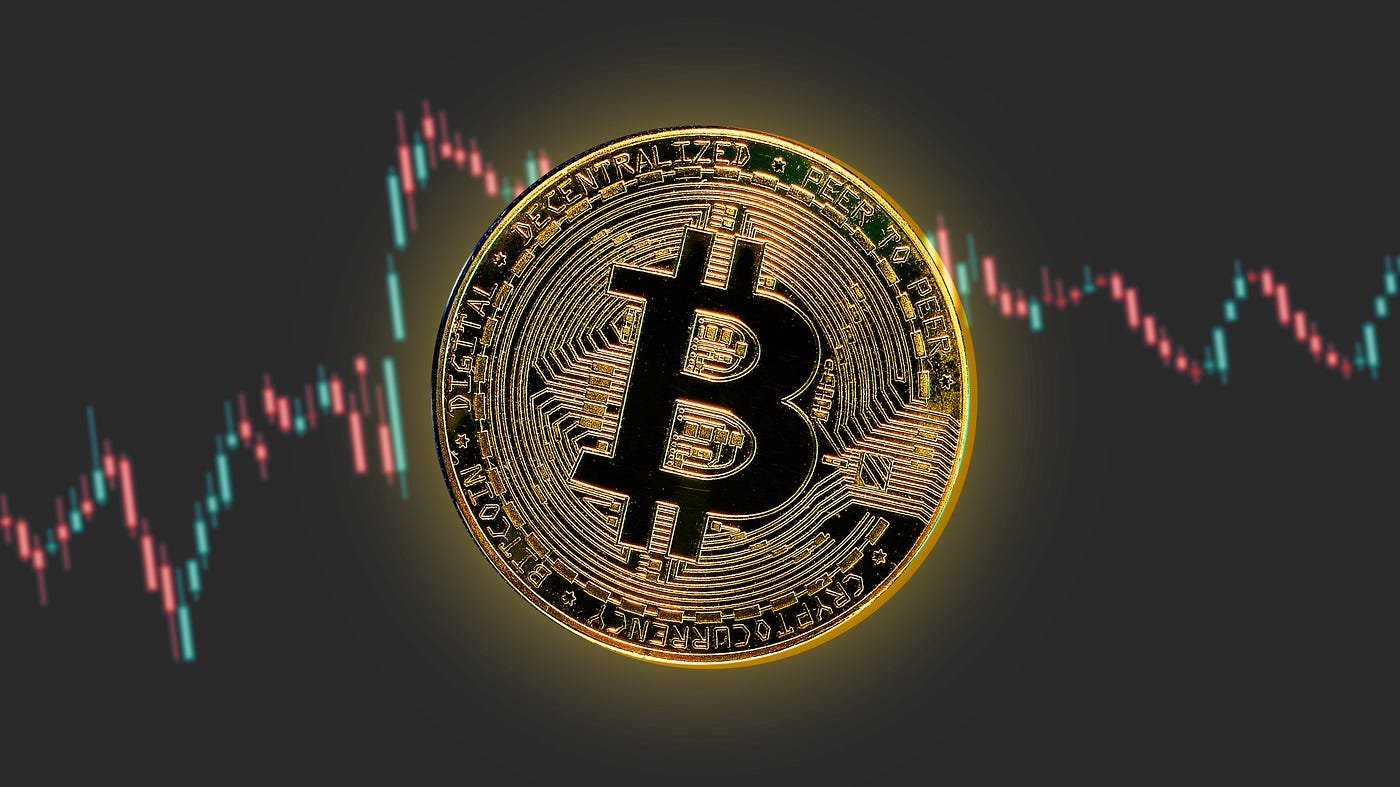The Bitcoin community is once again at a crossroads as debates intensify over proposed software changes intended to introduce new features to the network. Central to this controversy are the Bitcoin Improvement Proposals (BIPs) 300 and 301, collectively known as “Drivechains.” These proposals have sparked a significant divide among experts and enthusiasts, reflecting broader tensions about the future direction of Bitcoin.
What Are Drivechains?
Drivechains aim to enhance Bitcoin’s functionality by allowing it to integrate additional features and improvements through sidechains. These sidechains operate alongside the main Bitcoin blockchain, enabling users to create, send, and receive Bitcoin on these auxiliary chains. The idea is to facilitate the incorporation of new technologies without altering the core protocol of Bitcoin itself.
Proponents, including Paul Sztorc, the author of BIP 300, argue that Drivechains offer substantial benefits without introducing risks to the main Bitcoin network. Sztorc emphasizes that the proposals would allow Bitcoin to adopt any useful technology from other cryptocurrencies, rendering alternative coins obsolete and promoting innovation within a secure framework.
The Controversy
However, not everyone shares this optimistic view. Critics highlight several potential risks associated with implementing Drivechains. One major concern is the complexity and security risks that these changes could introduce. By altering the transaction validation mechanisms and network attack vectors, Drivechains could potentially expose Bitcoin to new vulnerabilities.
Furthermore, some experts fear that Drivechains could lead to a dilution of Bitcoin’s core principles. Bitcoin purists argue that the code should remain immutable to preserve its security and reliability. They caution that frequent changes and additions could undermine Bitcoin’s value proposition as a stable and decentralized digital currency.
Community Response
The Bitcoin community remains sharply divided. On one side, supporters like David Bailey, CEO of Bitcoin Magazine, believe that Drivechains could foster a more dynamic and innovative environment for Bitcoin development. They argue that allowing new ideas to be tested on sidechains without altering the main blockchain could accelerate progress and reduce internal conflicts.
Conversely, detractors such as Swan Bitcoin’s Cory Klippsten warn that introducing numerous speculative assets on Bitcoin could attract regulatory scrutiny and damage Bitcoin’s reputation. They argue that maintaining the network’s simplicity and integrity is crucial for its long-term success.
Future Implications
The outcome of this debate could significantly impact Bitcoin’s evolution. If Drivechains are implemented, Bitcoin could potentially integrate a wide array of new functionalities, making it more versatile and competitive. However, this comes with the trade-off of increased complexity and potential security challenges.
As the debate continues, it remains to be seen whether the Bitcoin community can reach a consensus on this contentious issue. What is clear is that the decisions made in the coming months will shape the future trajectory of the world’s most prominent cryptocurrency.


















